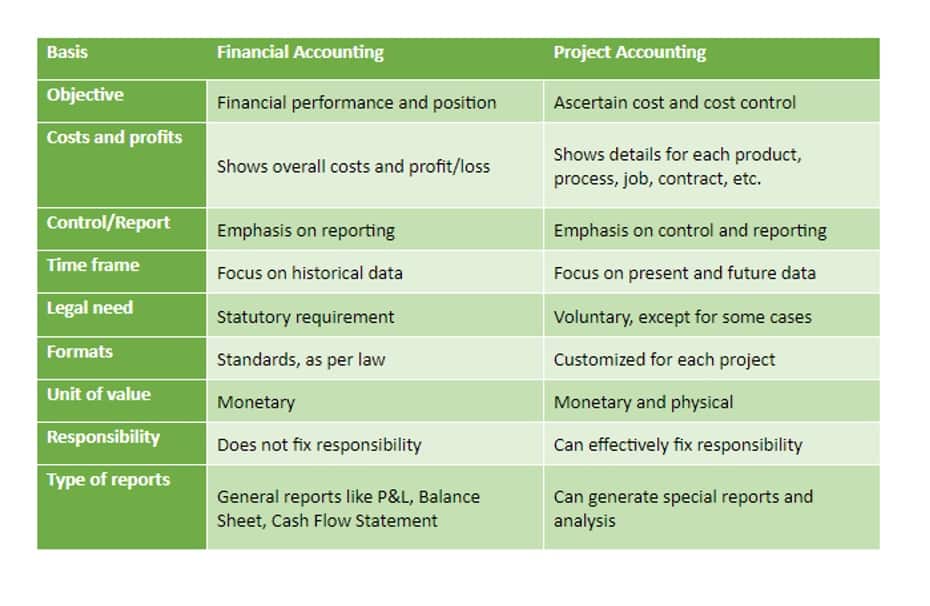Invoice Financing Explained: Definition, Process, And Costs
![]()
Invoice financing companies advance 80% to 95% of the total invoice value upon approval. Once your customers pay their dues, you’ll receive the remaining 5% to 20% invoice financing (minus a small transaction fee). Invoice financing can be an excellent solution for small businesses facing cash flow issues due to delayed customer payments.

If you have limited access to traditional loans
For instance, the initial filing fees range from $300-$500, incremental fees are as low as 0.25%, and there are no ACH or renewal fees, among others. Many industries can benefit from invoice financing, including manufacturing, construction, transportation, and wholesale trade. These include American Receivable, Rapid Finance and altLINE, which is a division of The Southern Bank Co. Invoice financing might imply that a business is desperate for cash, but that is not always the case. There are pros and cons, depending on your situation, including the following. But if you qualify for other types of financing, you should explore those since borrowing costs are likely to be lower with other options.
- If you think invoice financing can meet your needs, you’ll want to find the right lender and start the application process.
- However, these loans tend to come with higher interest rates and less flexible repayment terms.
- Invoice discounting is a type of revolving loan that is secured by your accounts receivable.
- Invoice factoring is a financial arrangement where a business sells its accounts receivable (invoices) to a third-party company, known as a factor, at a discount.
- While each lender’s risk criteria is unique, there are certain things they’ll be looking for.
Wells Fargo: Best for traditional bank loan
When each milestone of the project is completed, the lender will issue a bill. Be sure to explore your options and compare costs before making a decision. MCAs usually charge a factor rate that’s multiplied by the entire amount borrowed. Even a low factor rate can convert into high interest, so consider MCAs as a last resort for funding. You typically need good credit, such as a FICO score of 670 or higher to qualify. Invoice finance is a form of alternative finance that is ideally suited for small businesses or startup businesses.
Business loan requirements
- This type of financing is especially useful for companies that experience rapid growth, have large or unexpected orders, or face cash flow challenges.
- In general, the creditworthiness and reputation of your customers will play a larger role in the underwriting process, making it easier to qualify for invoice financing over other business loan options.
- Our team spends weeks evaluating dozens of business solutions to identify the best options.
- It could also be so that they can make quick moves in the market such as jumping at a short term opportunity.
Accounting software is used to extract data from large tax documents, create new journal entries, track payments, send invoices, and eliminate manual data entry. Automation can provide enormous time savings for finance departments that total thousands of hours annually, which is another reason to consider implementing accounting software. Cloud computing revolutionized the accounting software space, offering users access to their data from any internet-connected device from any location. Wave, for instance, provides many of the accounting and invoicing features you would find in paid programs. Zoho Books also offers a free plan for businesses with under $50,000 in annual revenue.
For example, a manufacturing company facing a cash flow gap can sell its outstanding invoices to a financing company to bridge the gap and continue operations. Similarly, a transportation company can use invoice financing to access immediate funds to cover fuel costs, maintenance, and driver wages. By leveraging these invoices, businesses can access immediate cash flow to address their financial needs.

Find and compare lenders
The factoring company pays you a portion of the invoice’s value and then takes over its collection. After the company receives payment from your customer, it sends you the rest of your money, minus the agreed-upon fees. With invoice financing, lenders advance a percentage of your unpaid invoice amount — potentially as much as 90%. When your customer pays the invoice, you’ll pay the lender back the amount loaned plus fees and interest. Breakout Finance is an ideal choice for small business owners, especially those needing higher funding limits. It provides a straightforward rate for factoring, with fees that range between 1% and 3%.
What is the difference between invoice financing and invoice factoring?

At the end of the day, invoice financing is an ideal solution for B2B or service-based businesses that are looking to free up cash flow tied in unpaid invoices. Compared to many financing products, invoice financing is generally easy to qualify for and fast to fund—with many alternative lenders offering online-based, streamlined application processes. Accounts receivables financing helps manage outstanding invoices by providing immediate cash flow based on the value of unpaid invoices. By converting accounts receivable into cash, businesses can meet immediate financial obligations, invest in growth initiatives, and avoid the negative impacts of late payments or cash flow gaps. Invoice financing is a form of short-term borrowing that is extended by a lender to its business customers based on unpaid invoices. Through invoice factoring, a company sells its accounts receivable to improve its working capital, which would provide the business with immediate funds that can be used to pay for company expenses.
Invoice financing is a short-term business financing arrangement that provides business owners cash that’s structured as a loan or a line of credit. Most types of businesses that regularly invoice other businesses, but need to get paid more quickly, can be a candidate. However, invoice factoring or financing is typically not a fit for B2C companies or subscription-based revenue companies.



